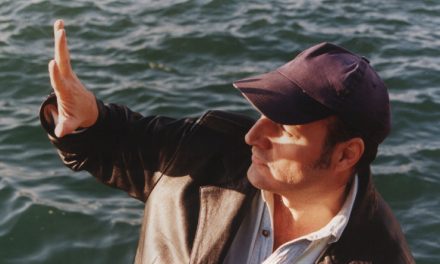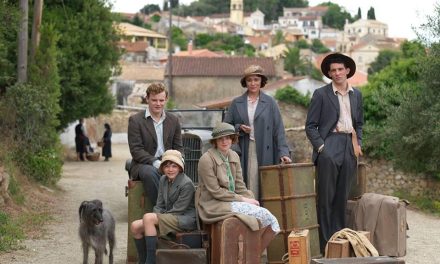Τhe Asia Minor Catastrophe constitutes a milestone in modern Greek History, leaving its indelible mark not only on the nation’s collective consciousness but also on its artistic, literary and cinematic depiction. Based on the book The Number 31328 by Ilias Venezis, the film 1922 by Nikos Koundouros is set in and around Smyrna at the time the Turkish army entered the city in 1922 and unfolds through the personal tragedies of three characters, the wife of a merchant.
The city is encircled by the enemy, whose presence can be pervasively felt, though not seen. Fear slinks through the streets, creeps into the backyards, worms its way into the houses. Loukia, the wife of a prosperous merchant, tries to secure a passage on the last ship to leave the harbour, but it is already too late. The enemy slips into the city silently, without fanfare or flourish. There are secret, isolated killings in some neighborhoods, but nobody is prepared to believe that the tragedy is about to begin – has already begun.
Antigone, a young teacher, is giving Elias his last lesson. He is a seventeen-year old boy, the future author of the book on which the film is based. In a short while, Elias, Antigone, Loukia will be reduced to nameless, numbered figures in a long, trudging column of prisoners. Very few of them will survive the forced march across the mountains and the white salt desert of Anatolia. Antigone is killed by a Turk, like most of her anonymous companions. The beautiful Loukia goes out of her mind. Elias lives to see the end of the journey and takes part in the charming ceremony that awaits him there: officers, diplomats and ladies from the Red Cross welcome with music and warm applause the straggling, dusky wraiths who were once human beings.
Koundouros’s “1922” is a profound and a psychologically very jarring work, with the director successfully depicting an atmosphere of gloom and despair, with atrocities committed under the scorching sun and people fighting against their inescapable fate.Τhrough his unique cinematic lens, the movie succeeds in conveying the general feeling of the Asia Minor Catastrophe, with events unfolding so real that you feel like you are standing nearby and watching. The exquisite acting of the films’ protagonists – Αntigoni Amanitou, Zaharias Rohas, Eleonora Stathopoulou, Nikos Kapios, among others – certainly played a major part in its high quality result. For both diplomatic and political reasons film screening was prohibited until 1982.
A.R.
Read also: Reading Greece: The Asia Minor Catastrophe in Modern Greek Literature; Arts in Greece l The Asia Minor Catastrophe through the eyes of contemporary Greek artists; Exhibition: 1922-2022, Remembrance and Art Stories












